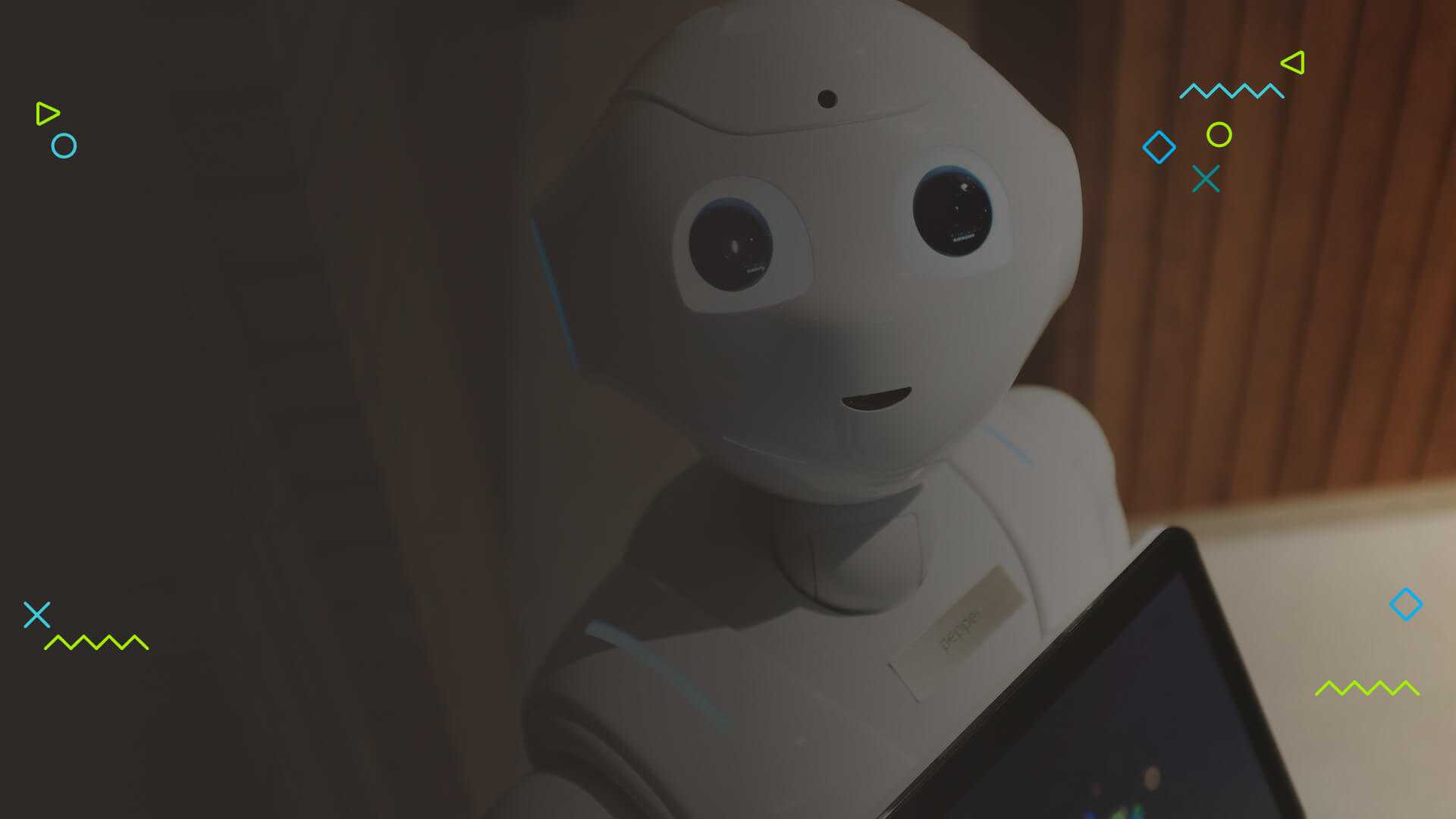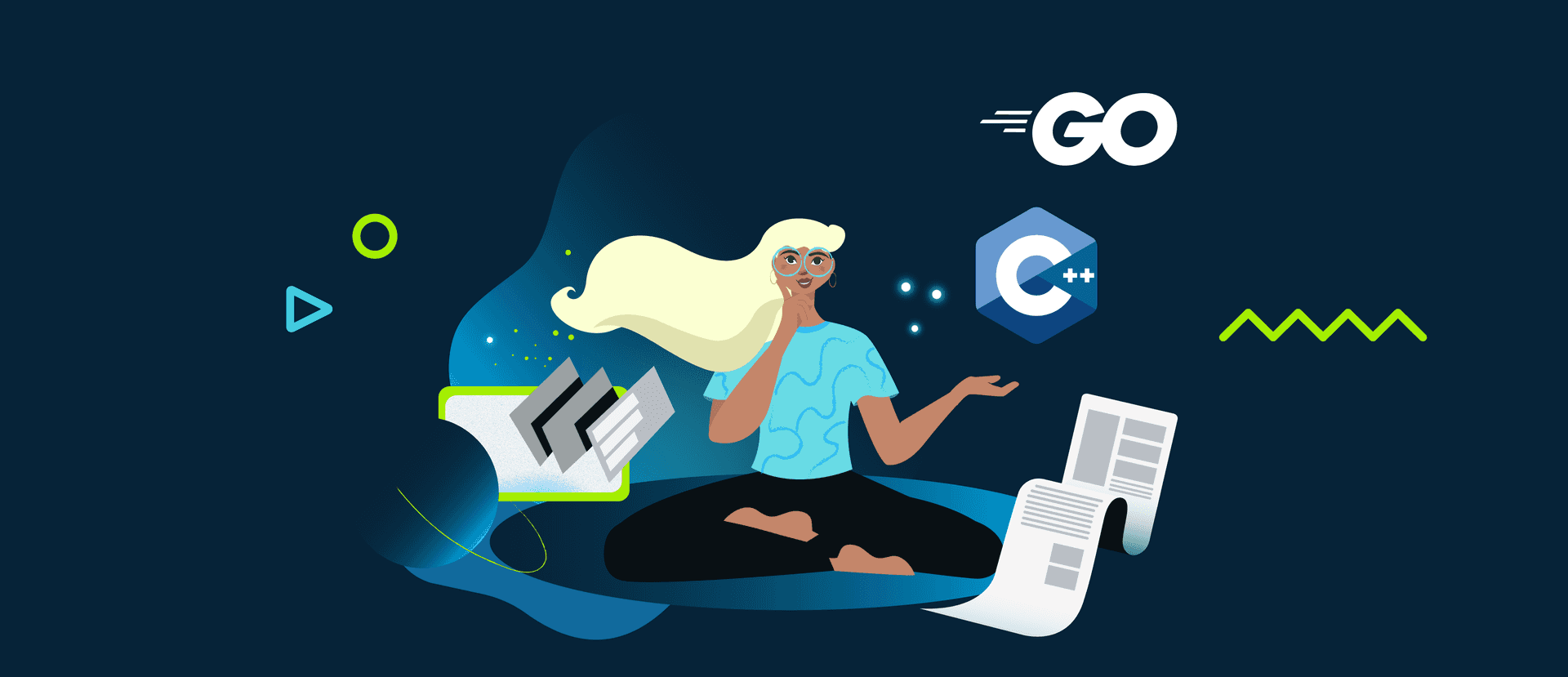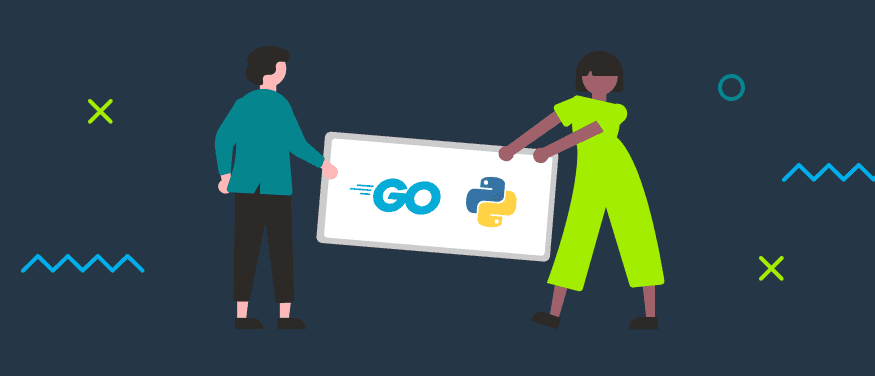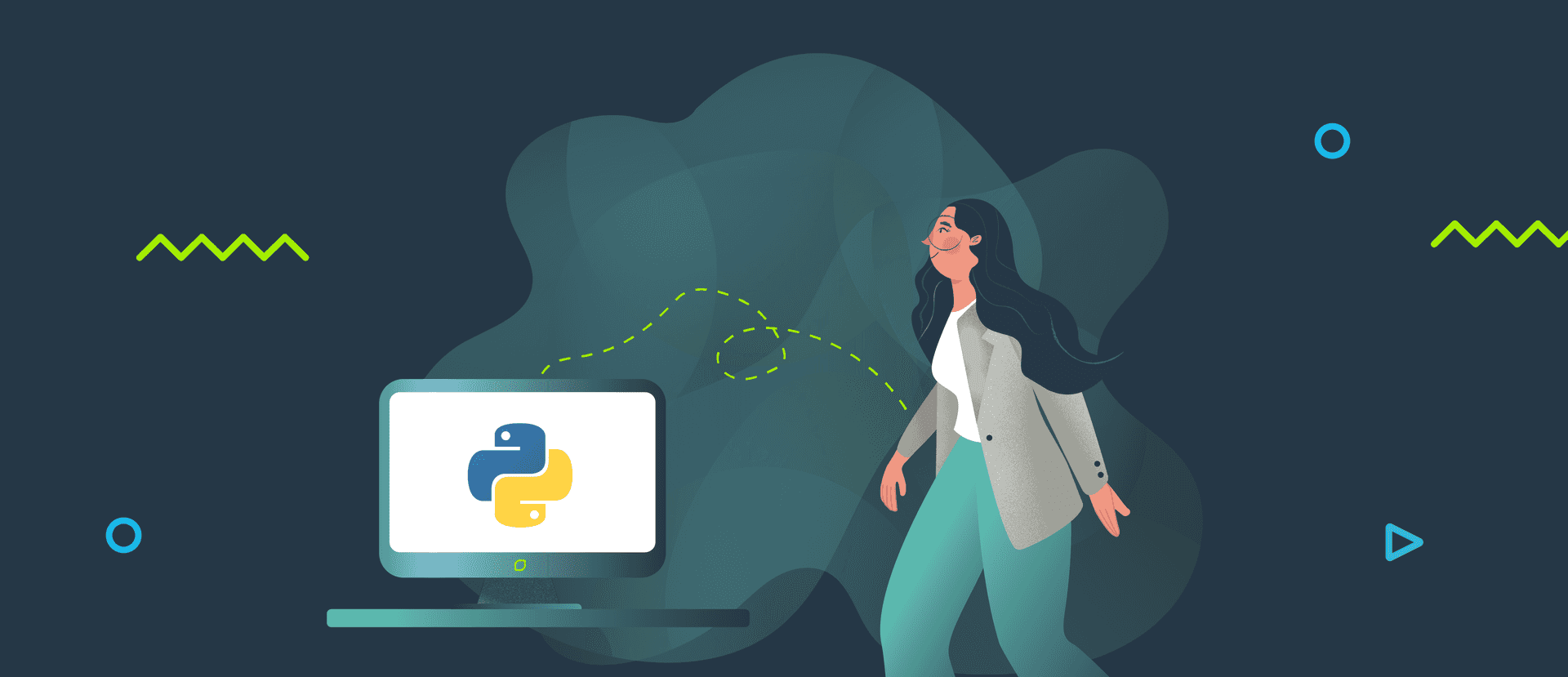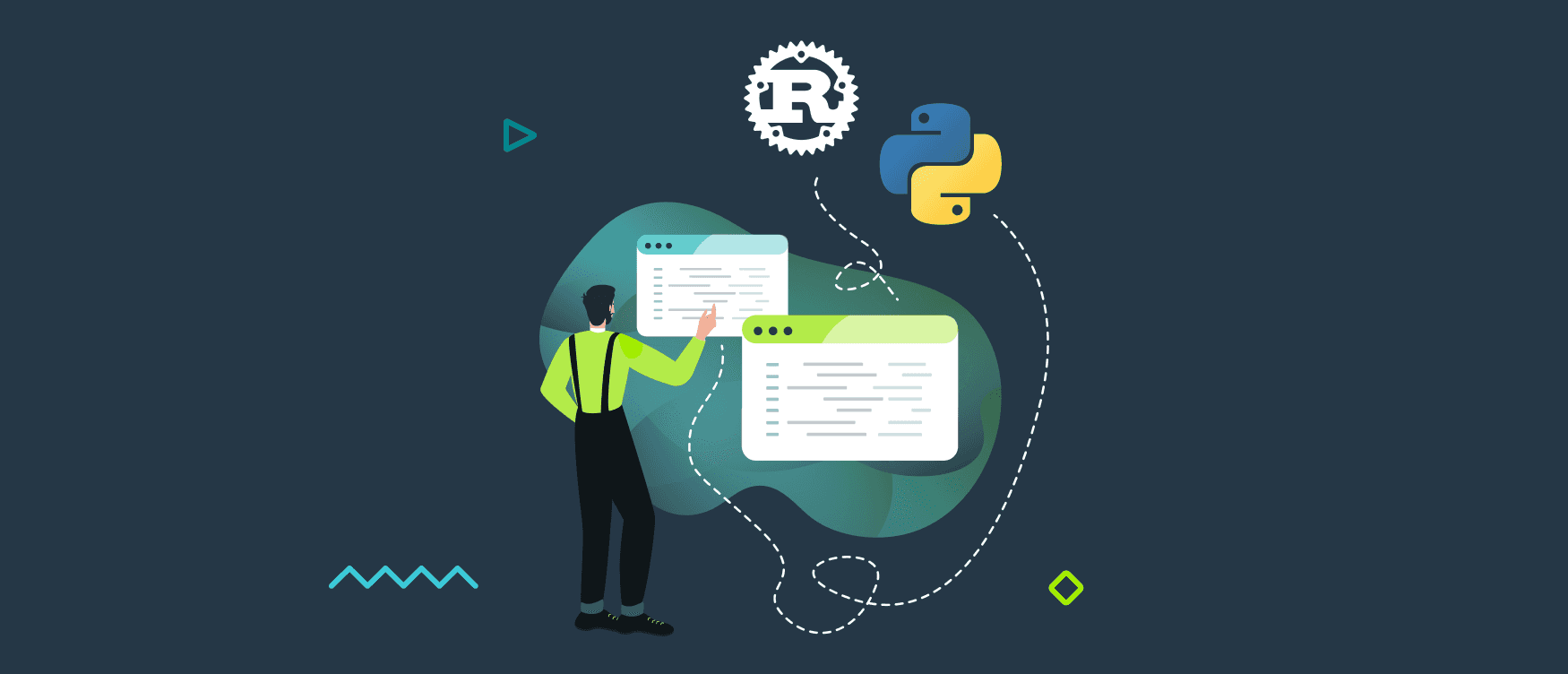What is Python?
Python is an interpreted, high-level, general-purpose programming language. It’s one of the most popular programming languages.
The Python programming language is a multi-paradigm programming language, which means it fully supports structured programming as well as object-oriented programming. Other paradigms can be supported partially (such as aspect-oriented programming) or via extensions.
Python’s design philosophy emphasizes simple syntax and code readability. It has dynamic semantics and built-in data structures, meaning it can work as a scripting or glue language to connect existing components, as well as the primary language to write an application.
Python vs. other languages
- Python vs. C++
While both Python and C++ are popular programming languages, they are used for different kinds of projects. Python tends to be slower than C++, which is why C++ is chosen for high-performance code, such as service mesh using C++ plugins. On the other hand, Python has a user-friendly syntax and a rich ecosystem, making it easy to learn. You can read more about the differences between Python vs C++ on our blog.
- Python vs. Java
The main difference between Java and Python is that Java is a compiled language, while Python is an interpreted one. That increases Java's efficiency, but Python has a simpler syntax. They can both perform the same functions, but Python would do it in fewer lines of code.
- Python vs. Go
Go is faster than Python, which is why it has become very popular in back-end development and is commonly used in highly parallel web applications. The main difference between these languages is that Golang is significantly better at supporting concurrency. However, the development itself is less time-consuming in Python. Go takes more time because it has to compile the code. You can read more about Go vs. Python on our blog.
Why use the Python programming language?
One of Python's advantages is its popularity - it’s a widely-supported technology. You can find many resources, such as guidebooks and tutorials, that make the language easier to learn and use. In the active Python community, the likelihood is that many problems already have solutions that are ready to use.
Another reason to use the Python programming language is it’s easy to learn. The result is more Python developers on the market, making recruiting and building a development team easier.
The Python programming language is very time-efficient, too. Due to high-level abstractions and easy syntax, development time is vastly reduced. It’s also a versatile language. It’s open source and has multiple libraries and modules to enrich it.
When to use Python?
Python code can be used for various purposes. Thanks to its flexibility it can be suited to different developer and project needs. Here are a few domains and areas where Python is in widespread use:
- Data analysis and visualization
- Machine learning and artificial intelligence
- Web development
- Automation
Python is often used in tasks supporting automation and testing, such as writing test scripts or full testing frameworks. The most common use at Codilime is end-to-end test automation for network solutions.
